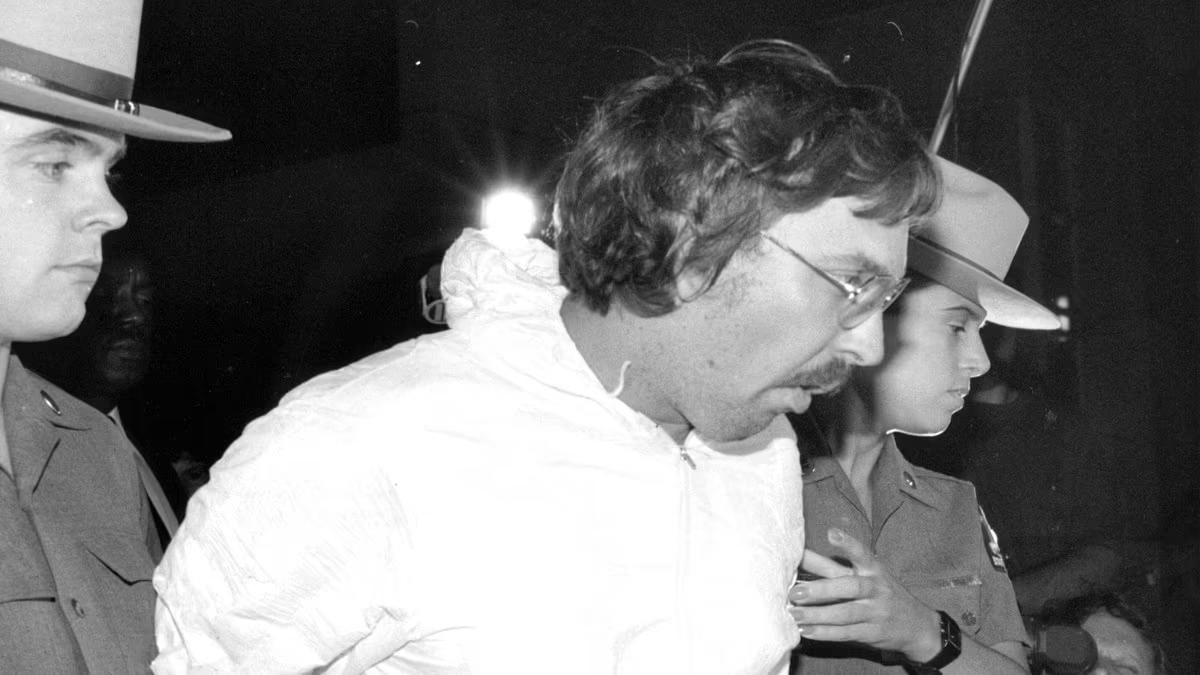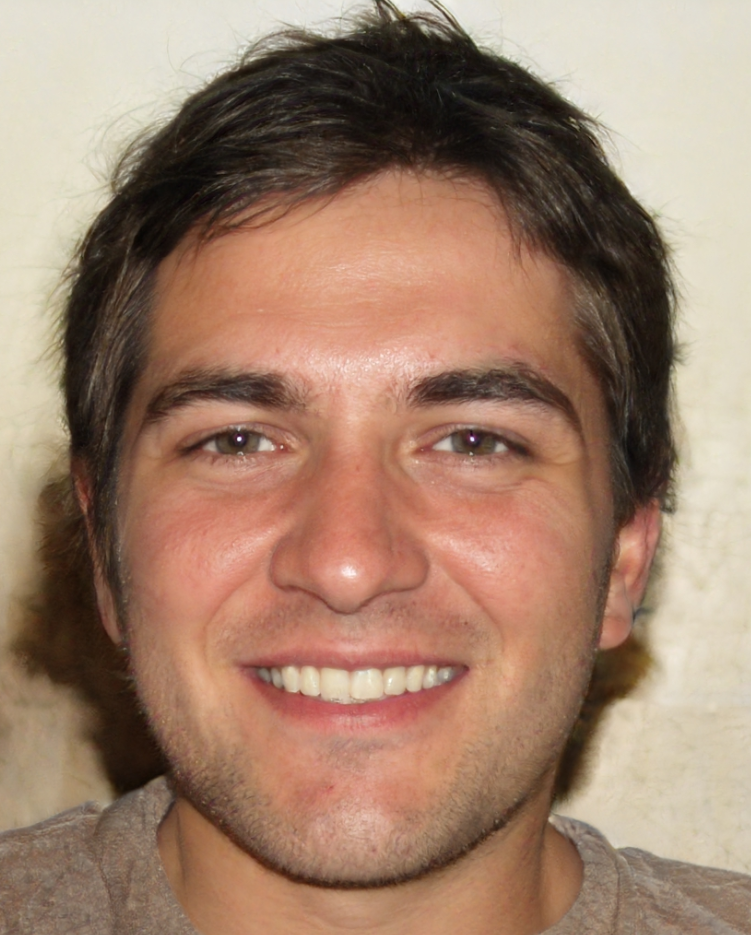
In 1989, within the confines of his family's residence in Long Island, Joel Rifkin's latent homicidal tendencies surfaced. Aged 24 at the time, Rifkin brutally assaulted a sex worker he was acquainted with, known simply as "Susie". Armed with a repurposed artillery shell acquired from a flea market, he subjected Susie to a vicious onslaught of over two dozen blows to her head following a sexual encounter.
As recounted by Robert Mladinich, a former detective with the New York Police Department and author, Rifkin remorselessly recounted the details of Susie's murder during a prison interview conducted over two decades ago. Describing the chilling event with unsettling detachment, Rifkin's demeanor remained eerily matter-of-fact throughout.
Tragically, Susie's fate mirrored that of at least 16 other women over the course of six years, all falling victim to Rifkin's depraved modus operandi. Their remains were callously discarded across various locations spanning New York and New Jersey, a grim testament to Rifkin's unchecked brutality.
The climax of Rifkin's murderous spree arrived in 1993, culminating in his apprehension by law enforcement officers upon the discovery of his final victim's lifeless body in his truck. Dubbed "Joel the Ripper" by the media, Rifkin's name became synonymous with the darkest echelons of New York's criminal history.
However, amidst the horror of his crimes, there existed a facet of Rifkin's life that elicited profound self-reproach. According to Mladinich, Rifkin's teenage years were marred by social isolation, marked by a poignant struggle to forge meaningful connections amidst relentless mockery and bullying from peers. This turbulent backdrop offers a chilling glimpse into the complex web of factors that may have contributed to Rifkin's descent into infamy.
The Early Years Of Rifkin
Joel Rifkin's early life was marked by profound challenges that significantly shaped his trajectory. Born on January 20, 1959, to unmarried college students, Rifkin faced the daunting reality of adoption at just three weeks old. Bernard and Jeanne Rifkin became his adoptive parents, alongside their daughter Jan, adopted three years prior, establishing a family unit in East Meadow, Long Island.
From his earliest days in kindergarten, Rifkin grappled with the harsh reality of being an outsider. Learning disabilities compounded his struggles, exacerbating the relentless teasing and harassment he endured from peers. As he progressed into adolescence, Rifkin's simmering resentment found expression in disturbing violent fantasies, particularly towards female classmates who spurned and ridiculed him.
Rifkin's tormentors extended beyond the schoolyard, with bullies seizing upon opportunities to assert dominance by targeting him relentlessly. To evade their torment, Rifkin adopted strategies such as lingering as the last student before the opening bell and delaying his arrival until after classes had concluded.
In a bid for acceptance, Rifkin sought refuge in extracurricular activities, joining the track team with hopes of finding camaraderie. However, the cruelty persisted, with teammates subjecting him to further humiliation and abuse, undermining any semblance of belonging.
Despite fleeting moments of solace, such as his involvement in the yearbook club, Rifkin's attempts at integration were met with rejection and betrayal. The exclusion from a pivotal yearbook party and the theft of his camera left an indelible mark, amplifying his sense of alienation and despair.
Rifkin's struggles extended beyond social dynamics, grappling with undiagnosed dyslexia, stuttering, and coordination issues, which exacerbated tensions within his familial relationships. Despite his mother's unwavering support and shared interests in photography and gardening, Rifkin's relationship with his father, a patient yet frustrated figure, was fraught with disappointment and inadequacy.
Forensic expert and retired FBI profiler Mark Safarikposits that Rifkin's traumatic experiences, particularly the relentless bullying he endured, likely contributed to his descent into violence. Isolated and unable to develop robust social connections, Rifkin internalized his anguish, fostering a dangerous inner world devoid of healthy outlets or coping mechanisms.
In examining Rifkin's early years, it becomes apparent that his journey towards infamy was paved with profound adversity and unchecked trauma, underscoring the intricate interplay between personal history and the genesis of violent behavior.
Rifkin's Murder Spree, Legal Proceedings, And Convictions
Years after their college days, Mladinich was astounded by what he believed was Rifkin's promising career behind the lens, assuming his talent had propelled him to professional success. However, his perception drastically shifted upon learning of Rifkin's arrest.
At 34 years old, Rifkin found himself unemployed, residing with his mother and sister following his father's tragic suicide in 1987. The pivotal moment came on June 28, 1993, when Rifkin evaded a routine traffic stop, resulting in a collision with a pole. Inside the truck's bed, authorities made a chilling discovery: the decomposing remains of a woman, wrapped in a blue tarp.
On that fateful night, Rifkin confessed to the slaying of 17 sex workers, dumping their bodies, some dismembered, across various locations spanning New York and New Jersey. Among his victims was 22-year-old Tiffany Bresciani, whose life was brutally ended in a Manhattan parking lot.
Further investigation uncovered an additional 14 victims, including the once unidentified remains of 25-year-old Susie, later identified as Heidi Balch in 2013 through DNA analysis. Rifkin's reign of terror culminated in his sentencing on June 9, 1994, in Nassau County Court. Convicted of Bresciani's murder and endangering the lives of pursuing officers, Rifkin received a sentence of 25 years to life, with an additional two and one-third years.
Following subsequent trials, Rifkin faced further convictions, ultimately handed down a staggering total of 203 years behind bars. Despite his appeals being denied by New York's Supreme Court in 2002, Rifkin remains incarcerated at Clinton Correctional Facility in New York.
In a 2015 interview with Rifkin, Safarik sought to unravel the motivations behind his choice of victims. Rifkin's chilling rationale revealed a disturbing lack of self-awareness, citing dissatisfaction and ridicule as catalysts for his heinous actions. Struck by Rifkin's detachment and inability to articulate his impulses, Safarik encountered a hollow emptiness behind the killer's eyes, a haunting testament to the depths of human depravity.
See Also:
